Home>Gardening & Outdoor>Garden Tools & Equipment>How Fast Do Lawnmower Blades Spin
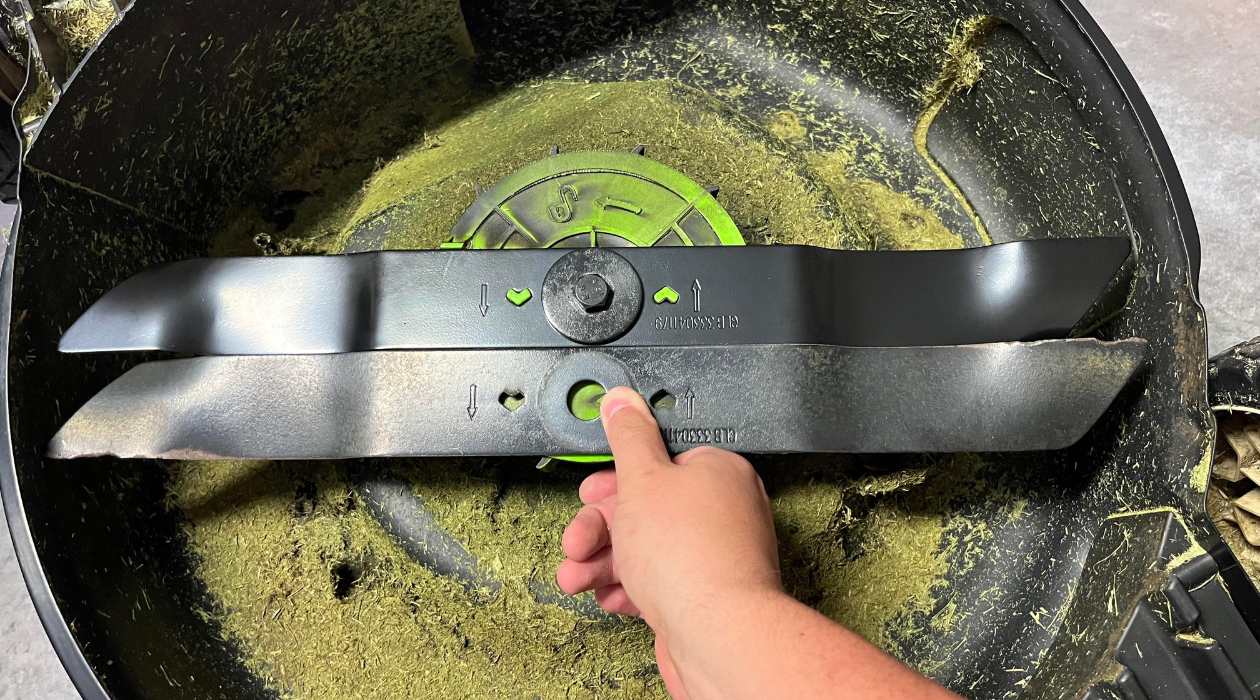

Garden Tools & Equipment
How Fast Do Lawnmower Blades Spin
Modified: September 2, 2024
Discover the speed at which lawnmower blades spin and how it impacts your gardening tasks. Explore essential information on garden tools and equipment.
(Many of the links in this article redirect to a specific reviewed product. Your purchase of these products through affiliate links helps to generate commission for Storables.com, at no extra cost. Learn more)
Introduction
When it comes to maintaining a pristine lawn, a lawnmower is an indispensable tool. However, the efficiency and effectiveness of a lawnmower are greatly influenced by the speed at which its blades rotate. Understanding the speed of lawnmower blades is crucial for achieving optimal cutting performance and ensuring safety during operation.
In this article, we will delve into the factors that influence lawnmower blade speed, explore the typical rotation rates of these blades, highlight the importance of blade speed in lawn maintenance, and address essential safety considerations. Whether you are a seasoned gardener or a novice homeowner seeking insights into lawnmower functionality, this comprehensive guide will provide valuable knowledge to enhance your lawn care practices. So, let's embark on this exploration of the fascinating world of lawnmower blade speed.
Key Takeaways:
- Lawnmower blade speed affects cutting precision, grass health, and operational efficiency, making it crucial for achieving a well-manicured lawn and optimizing mowing tasks.
- Prioritizing safety measures, such as protective gear, blade inspection, and area clearing, ensures a secure and enjoyable mowing experience while safeguarding user well-being and equipment longevity.
Read more: How To Replace A Lawnmower Blade
Factors Affecting Lawnmower Blade Speed
The speed at which a lawnmower’s blades rotate is influenced by various factors, each playing a pivotal role in determining the efficiency and cutting performance of the machine. Understanding these factors is essential for maintaining a well-manicured lawn. Let’s explore the key elements that affect lawnmower blade speed:
- Engine Power: The power output of the lawnmower’s engine significantly impacts blade speed. Higher horsepower engines can drive the blades at greater speeds, resulting in more efficient grass cutting.
- Blade Length and Design: The length and design of the blades directly affect their rotational speed. Longer blades may require more power to achieve the same speed as shorter ones. Additionally, the blade’s aerodynamic design can influence the efficiency of rotation.
- Drive Mechanism: The type of drive mechanism, such as belt-driven or direct drive, can impact blade speed. Direct drive systems often provide more consistent and efficient blade rotation compared to belt-driven systems.
- Blade Sharpness: Dull blades can increase resistance, requiring more power to maintain the desired speed. Keeping the blades sharp is essential for optimal cutting performance and energy efficiency.
- Grass Height and Density: The thickness and height of the grass being cut can affect the load on the blades, influencing their rotational speed. Dense or tall grass may require more power to maintain an efficient cutting speed.
- Environmental Conditions: Factors such as moisture content in the grass, ambient temperature, and terrain inclination can impact the workload on the lawnmower, consequently affecting blade speed.
These interconnected factors collectively determine the rotational speed of lawnmower blades, highlighting the intricate relationship between machine performance and environmental variables. By considering these elements, users can optimize their lawnmower’s blade speed for superior cutting results and operational efficiency.
Typical Speed of Lawnmower Blades
Understanding the typical rotational speed of lawnmower blades is essential for gauging the machine’s cutting efficiency and performance. While the exact blade speed can vary based on the specific model and design of the lawnmower, certain general guidelines can provide insights into the typical rotation rates of these crucial cutting components.
On average, the rotational speed of lawnmower blades typically ranges between 2,800 to 3,600 revolutions per minute (RPM). This speed range is commonly found in residential and commercial walk-behind lawnmowers, encompassing a broad spectrum of cutting requirements for various lawn sizes and grass types.
Riding lawnmowers, which are designed for larger lawn areas and heavier cutting loads, may have blade speeds within the range of 2,500 to 3,200 RPM. These lower speeds are compensated by the wider cutting decks and enhanced power output of the riding mowers, allowing them to effectively maintain large lawns with precision and efficiency.
It is important to note that certain specialized lawnmowers, such as mulching mowers or those designed for specific grass types, may have tailored blade speed specifications to optimize their cutting performance for distinct applications. Additionally, advancements in lawnmower technology and blade design may lead to variations in typical blade speeds across different models and manufacturers.
By understanding the typical speed ranges of lawnmower blades, users can make informed decisions when selecting a lawnmower that aligns with their specific lawn maintenance needs. Whether it’s achieving a pristine, manicured lawn or efficiently managing larger grass areas, the appropriate blade speed is integral to the overall cutting prowess of the lawnmower.
Lawnmower blades typically spin at a speed of 2000 to 3000 revolutions per minute (RPM). It’s important to always turn off the lawnmower and wait for the blades to stop spinning before performing any maintenance or adjustments.
Importance of Blade Speed
The blade speed of a lawnmower plays a pivotal role in determining the cutting efficiency, grass quality, and overall performance of the machine. Understanding the significance of blade speed sheds light on its impact on lawn maintenance and the user’s experience. Let’s explore the importance of blade speed in the context of lawnmower functionality:
- Cutting Precision: Optimal blade speed ensures the precise and uniform cutting of grass blades, contributing to a well-manicured lawn appearance. Consistent blade speed minimizes uneven cuts and promotes a visually appealing lawn surface.
- Grass Health: The appropriate blade speed prevents grass damage and stress during cutting, promoting healthier regrowth and overall lawn vitality. Excessive blade speed can lead to tearing or bruising of grass, while insufficient speed may result in uneven cuts that impede healthy growth.
- Operational Efficiency: A balanced blade speed facilitates efficient grass cutting, reducing the time and effort required for lawn maintenance tasks. This efficiency is particularly crucial for commercial landscapers and homeowners with large lawn areas, optimizing productivity and user satisfaction.
- Clipping Dispersal: Proper blade speed aids in effective clipping dispersal, ensuring that the cut grass is efficiently discharged or mulched, contributing to a tidy lawn surface and preventing thatch buildup.
- Energy Consumption: Well-maintained blade speed minimizes energy consumption, enhancing the lawnmower’s operational economy and reducing fuel or power usage during lawn care activities.
- Overall Performance: Blade speed directly influences the lawnmower’s overall performance, including its ability to handle different grass types, terrain conditions, and cutting challenges. Appropriate blade speed contributes to a smooth and effective mowing experience.
By recognizing the multifaceted importance of blade speed, users can make informed decisions regarding lawnmower selection, maintenance, and operational practices. Whether it’s achieving a pristine lawn aesthetic, promoting grass health, or optimizing operational efficiency, the blade speed stands as a fundamental element in the realm of lawnmower performance and lawn care excellence.
Safety Considerations
While the blade speed of a lawnmower is integral to its cutting performance, it also presents significant safety considerations that users must prioritize to ensure accident-free operation. Understanding and adhering to safety guidelines related to blade speed is paramount for safeguarding both the user and bystanders. Let’s delve into essential safety considerations associated with lawnmower blade speed:
- Protective Gear: Prior to operating a lawnmower, users should don appropriate protective gear, including safety glasses, hearing protection, and sturdy footwear. These measures help shield against debris and reduce the risk of injury from the machine’s noise and vibrations.
- Blade Inspection: Regularly inspecting the lawnmower’s blades for damage, wear, or imbalance is crucial for safe operation. Damaged or worn blades can compromise cutting efficiency and pose safety hazards, while imbalanced blades can lead to excessive vibrations and potential equipment failure.
- Clearing the Area: Before mowing, it is essential to clear the lawn of debris, rocks, toys, and other potential hazards that could be propelled by the rotating blades, causing damage or injury. Additionally, ensuring the absence of bystanders, especially children and pets, in the mowing area is imperative.
- Safe Maneuvering: Maneuvering the lawnmower with caution, especially when turning or reversing, helps prevent accidental blade contact with obstacles or the operator’s feet. Maintaining a steady pace and avoiding abrupt movements contributes to safe mowing practices.
- Blade Engagement: Engaging and disengaging the blades only when necessary, such as during actual mowing or when transitioning between cutting areas, minimizes the risk of accidental contact with the rotating blades, reducing the likelihood of injuries.
- Maintenance Protocols: Adhering to manufacturer-recommended maintenance schedules, including blade sharpening, belt inspections, and overall equipment checks, ensures that the lawnmower operates at optimal efficiency and reduces the potential for unexpected malfunctions during use.
By prioritizing safety considerations related to blade speed and overall lawnmower operation, users can mitigate the risks associated with this essential garden tool. Implementing these safety measures fosters a secure and enjoyable mowing experience, promoting both user well-being and the longevity of the equipment.
Read more: How To Balance A Lawnmower Blade
Conclusion
Exploring the fascinating realm of lawnmower blade speed has unveiled the intricate interplay between machine performance, cutting efficiency, and user safety. The factors influencing blade speed, the typical rotation rates of lawnmower blades, and the importance of maintaining optimal blade speed have collectively underscored the significance of this fundamental aspect of lawn maintenance equipment.
As users navigate the realm of lawnmowers, whether for personal lawn care or professional landscaping endeavors, understanding the nuanced dynamics of blade speed empowers them to make informed decisions regarding equipment selection, operational practices, and safety protocols. Balancing the operational efficiency, cutting precision, and safety considerations associated with blade speed is essential for achieving a harmonious mowing experience and fostering a healthy, visually appealing lawn environment.
Embracing the importance of blade speed goes beyond mere technical specifications; it encapsulates a commitment to efficient lawn care, user well-being, and the preservation of the lawnmower’s longevity. By integrating the insights gleaned from this exploration of blade speed, users can elevate their lawn maintenance practices, ensuring optimal cutting results, grass health, and operational safety.
Ultimately, the journey through the realm of lawnmower blade speed serves as a testament to the intricate fusion of technological precision, environmental dynamics, and user-centric design. As users embark on their lawn care endeavors, armed with a deeper understanding of blade speed, they are poised to cultivate lush, well-groomed lawns while navigating the mowing experience with confidence and expertise.
May the knowledge and insights gained from this exploration enrich your lawn care pursuits, elevating the art of mowing into a seamless, efficient, and gratifying endeavor.
Frequently Asked Questions about How Fast Do Lawnmower Blades Spin
Was this page helpful?
At Storables.com, we guarantee accurate and reliable information. Our content, validated by Expert Board Contributors, is crafted following stringent Editorial Policies. We're committed to providing you with well-researched, expert-backed insights for all your informational needs.
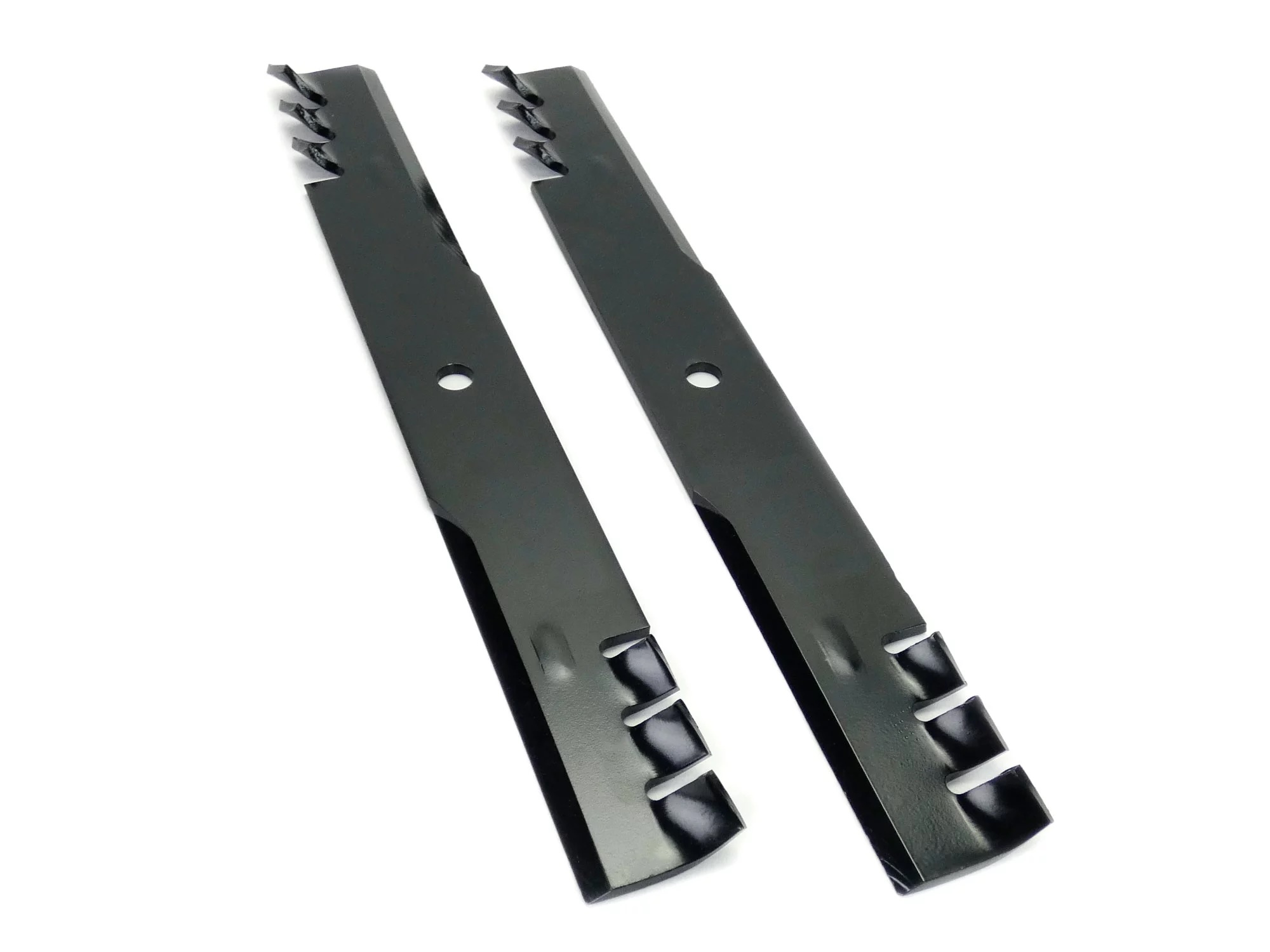
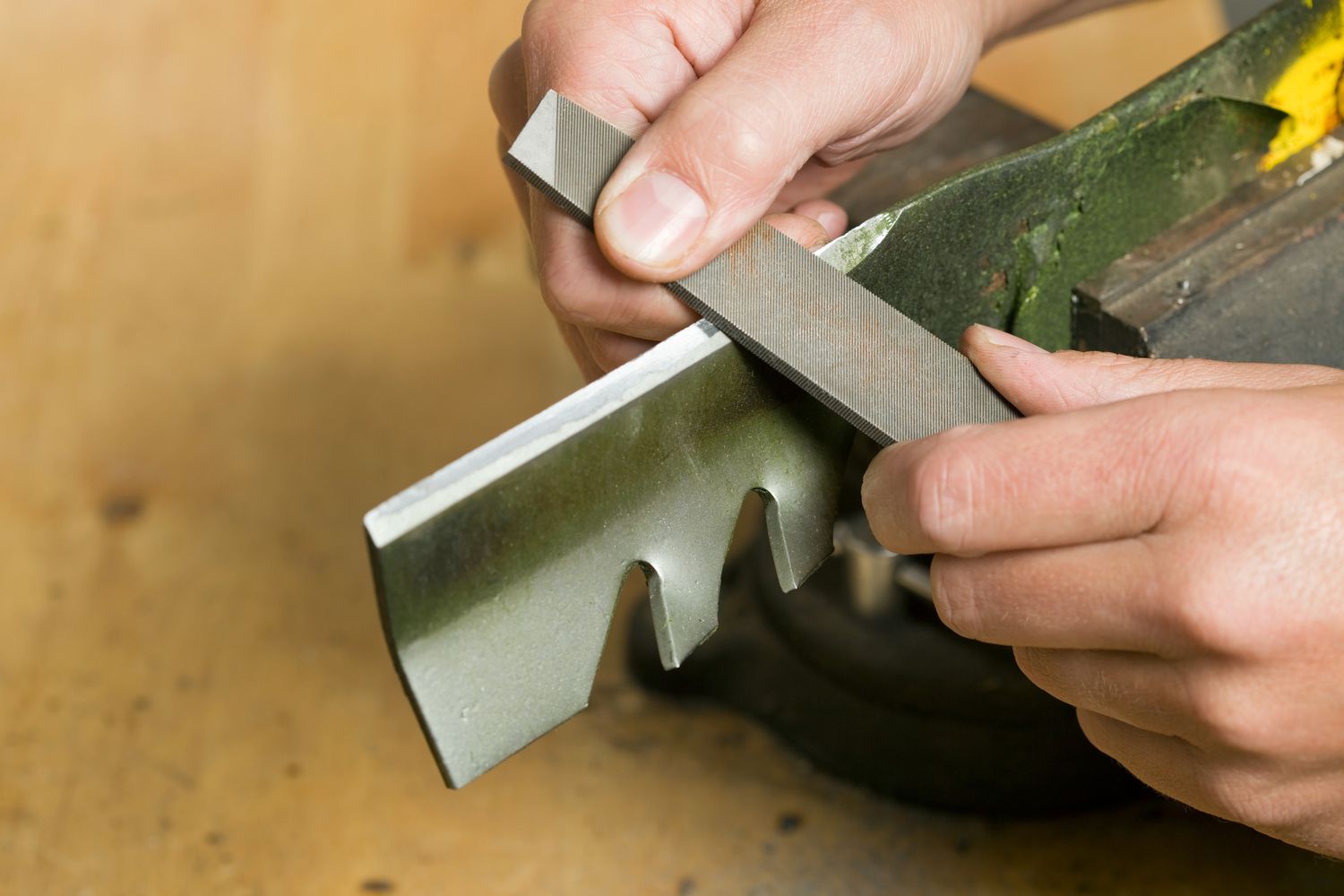
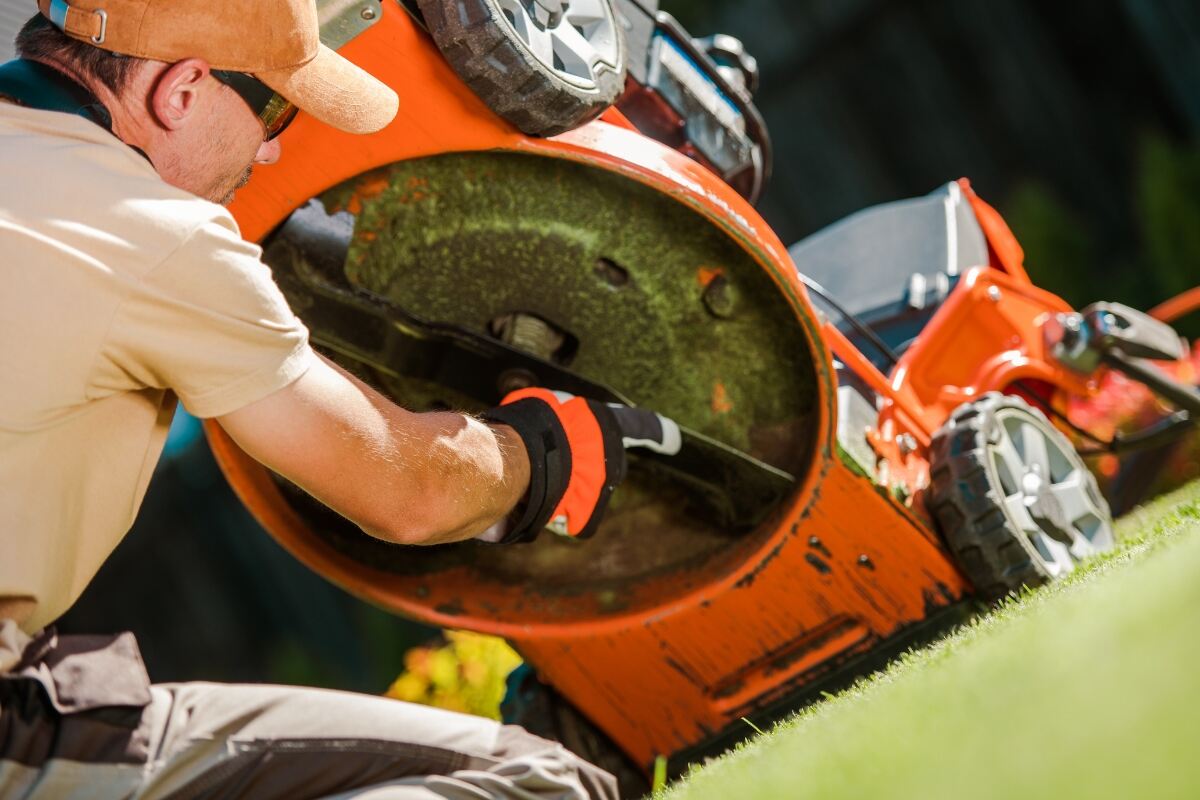
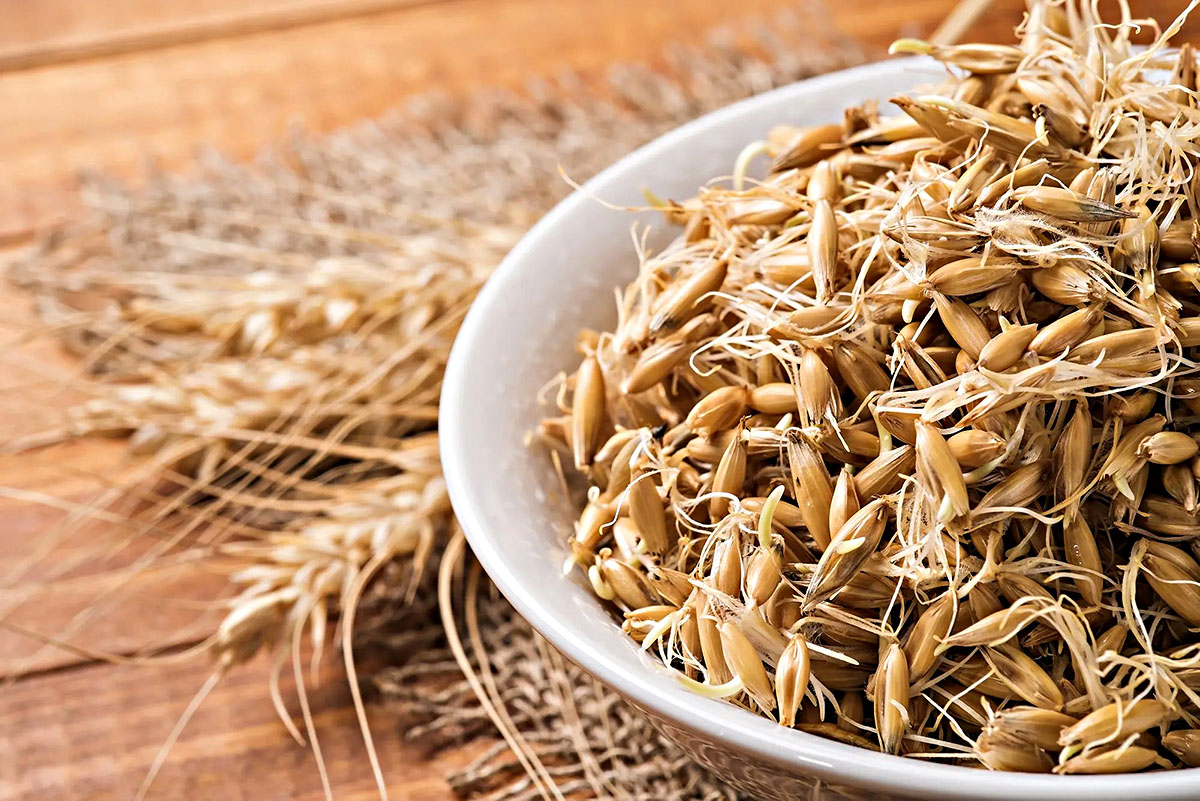




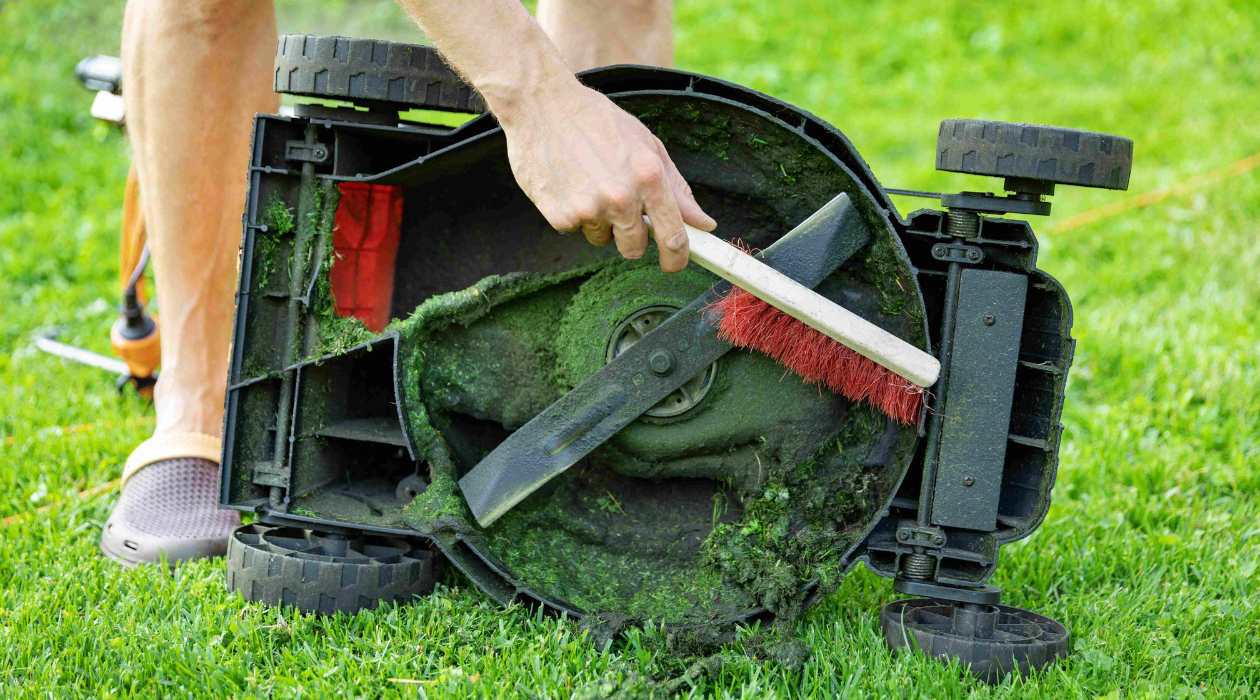



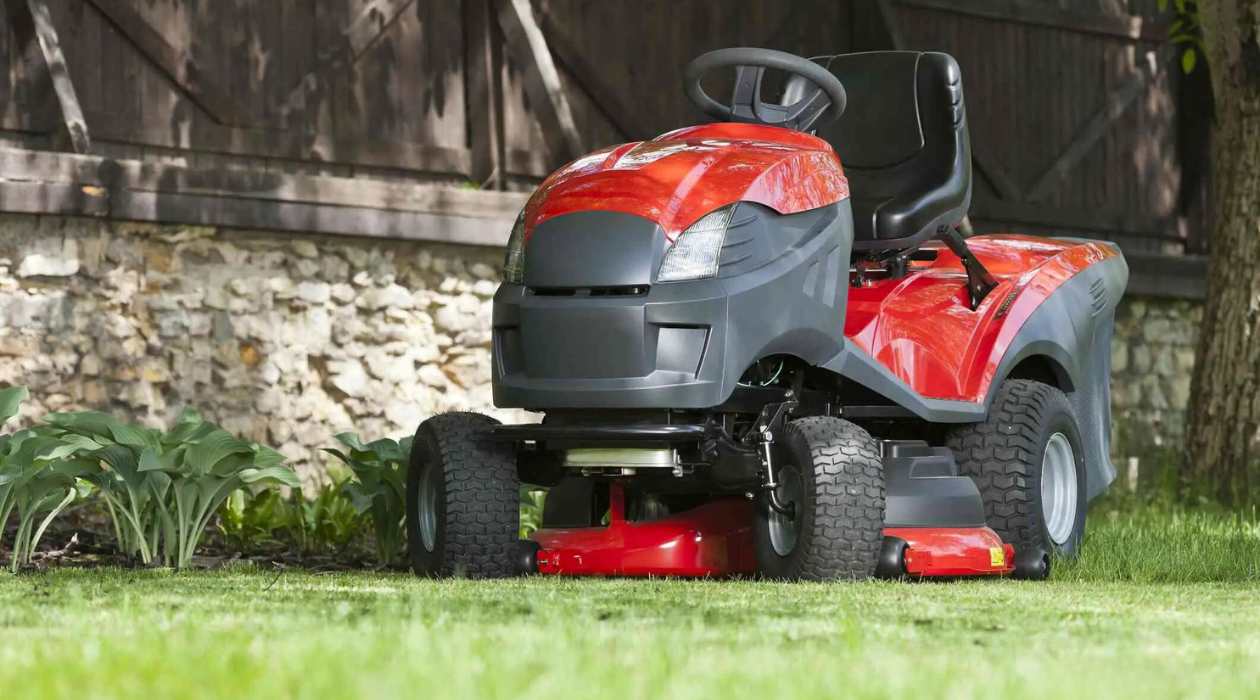
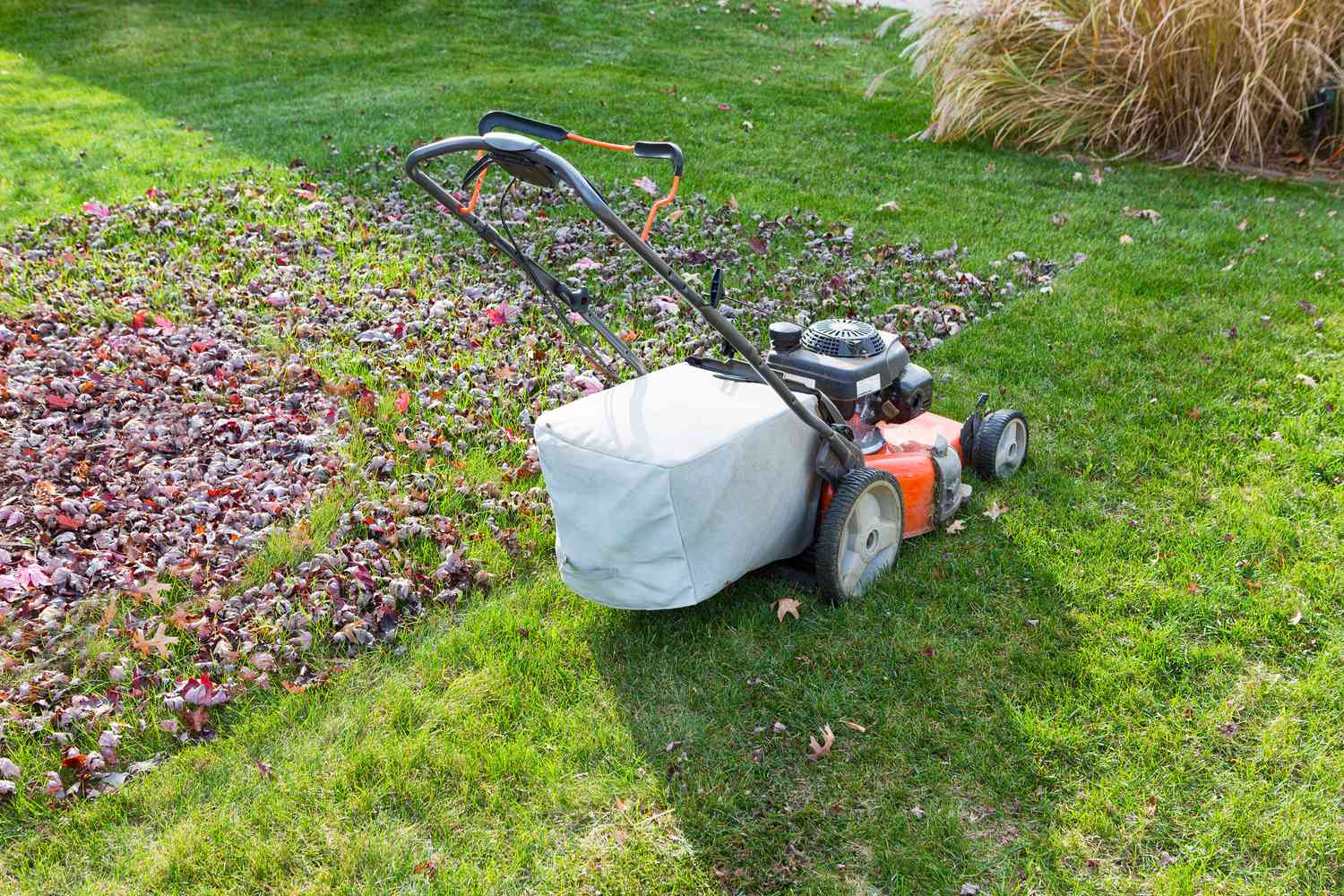

0 thoughts on “How Fast Do Lawnmower Blades Spin”